The Current Landscape In California
95%
95% of the youth we serve at the Youth Centers of Orange fall at or below the poverty line.
90%
Up to 90% of those human trafficked were part of the foster care system.
12
Each day approximately 12 young people are victims of homicide.
150K
There are 150,000 people who are homeless in the State of California. And of those, 40,000 are youth.
15.5
15.5 million US children live in households in which some sort of partner abuse occurred.
The goal of The HUB OC is to move individuals from the negative life cycle to the positive lifecycle, so that every person in Orange County has an opportunity to become a successful adult who makes a positive impact on their own community.
The Life Cycles
What Does an Unhealthy Family Look Like?
Little Academic Support
Not always offered to kids the same way in every school
Support is often lacking, or not accessed
Few After School Care Options
After school programming is often not available, or not accessed
Kids fall through the cracks and miss this valuable time of learning and growth
Kids not in school may not always be around positive role models
* POINT OF INTERVENTION
This is where The HUB steps in and tries to intervene on behalf of the kids in Orange who may not have access to services other kids do
The Youth Centers of Orange offer these kids a chance through the After School Program
No Access to Athletics, Music & Personal Growth
These kids are often in school systems where there is no money for significant athletic, music and other arts programs
Kids get lost in the shuffle and are not given the opportunities for personal growth in more than just academics
Little Interest In Higher Education
Kids tend to view school as a necessary evil, and view getting out as the goal
Being home vs. at school increases the likelihood that kids get involved in high-risk activities
The potential for kids failing to graduate high school is high
And few view higher education as possible or necessary
Struggling Adult
These kids often grow up to be adults who struggle
Difficulties finding work - or keeping jobs
Lacking the knowledge needed to successfully navigate a complex social structure
High risk activities may continue into adulthood without a targeted career, or goals to meet
The Unhealthy Family Unit
When these adults start families they bring a host of issues to them
Unfortunately there is a higher likelihood that the home environment will include unhealthy elements
A lack of knowledge and an inability to access services often ensure that they perpetuate the cycle they grew up in
What Can a Healthy Family Look Like?
Academic Support
Nurturing during the education process
Support during the school day
After School Care/Activities
Additional support after school
Continued focus on education
Positive role models
Athletics, Music & Personal Growth
Schools typically offer a host of positive activities
These activities often promote better grades and keep kids in school longer
Value Higher Education
Kids tend to value higher education in avenues like college, arts schools, trade schools, apprenticeships, etc.
Kids will often maintain good grades to ensure these options are open to them upon graduation
Successful Adult
These kids will often become successful adults
Holding full time jobs, participating in society in a positive way
Involved in their community
The Healthy Family Unit
When these adults start families they have all the necessary skills to create healthy environments
With their knowledge and access to services they can manage most anything


